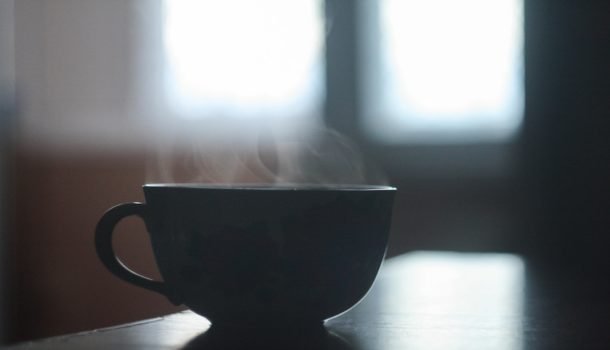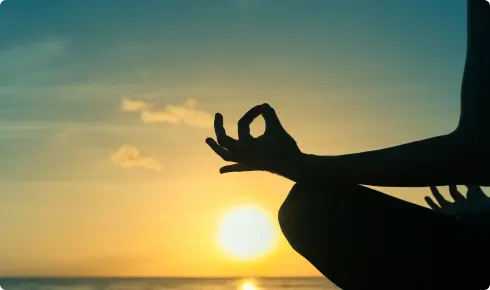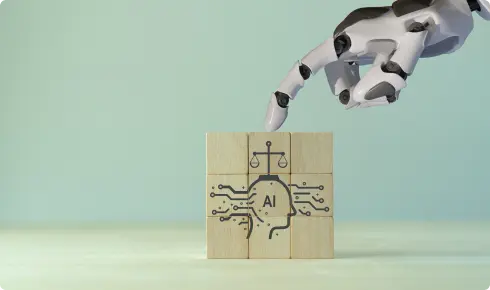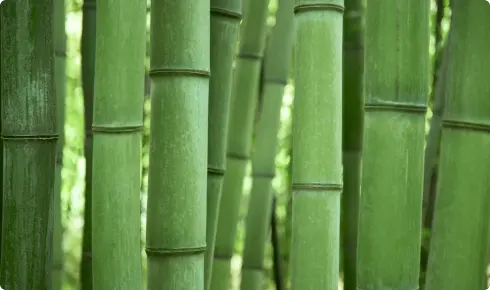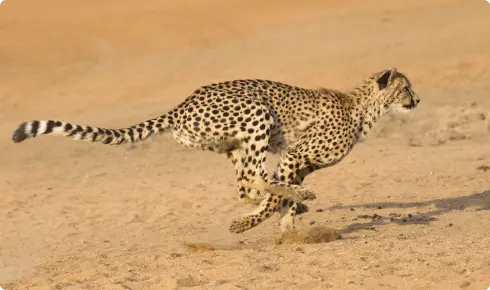Our eye is intently focused on the finish line, while life is happening now. This “now” is flying by at lightning speed.
BY FAISAL HOQUE
Most of us are taught, from a very young age onward, to desire success. Success — the quest for it and the act of chasing our goals and dreams — can be a potent personal animator. We exert effort. We work hard. We hustle, hustle, and hustle some more. And if we are fortunate, we’re rewarded with the tangible gifts of our efforts.
And yet, even during those times when the ride feels exactly like the exhilarating thrill we thought it would be, we have the occasional moment when we realize that all we’re really doing is working hard. We’re not so sure we are actually enjoying the pace of the ride. We’re not even sure we got on the right ride, in the first place. Moment by rushed moment, we have this eerie sense that life is slipping away from us.
Our eye is intently focused on the finish line, while life is happening now. This “now” is flying by at lightning speed.
Living in the moment doesn’t mean we don’t care about the future. It means that when we make the choice to do something, we focus solely on the act of doing it, rather than letting our mind wander into the future or the past.
In college, at my janitorial graveyard shift, I had a supervisor who used to remind me every night to “be kind to the floor, buff her carefully — and then see how well she shines.” At those particular moments, nothing else mattered — only the shine on the buffed floor. It taught me to lose myself completely in an utterly mundane task. Being in the moment allows us to escape from adversity and conserve our inner energy.
For a fast-paced entrepreneur like me, perhaps the most paradoxical lesson has been around the need to slow down to move forward. Slowing down is a deliberate choice that can lead to greater appreciation for life and a greater level of happiness, which yields better results in one’s endeavors.
In the context of mindful living, slowing down does not imply taking a vacation every other month. It is what we must practice every day. It means taking the time to do whatever we’re doing. It means single-tasking rather than switching between a multitude of tasks and focusing on none of them.
Several decades ago, the term “mindfulness” used to imply Eastern mysticism related to the spiritual journey of a person, following the teachings of Gautama Buddha. Buddhists believe that being “well, happy, and peaceful” comes from practicing mindful living. Today, from self-help gurus to business leaders, from scientists to politicians, many talk about mindfulness. And the scientific community now believes that by practicing daily mindfulness we can take advantage of the neuroplasticity of our brains and thereby improve the state of our lives. William James was one of the first psychologists to address the notion of neuroplasticity back in his groundbreaking 1890 text, The Principles of Psychology. The central idea behind neuroplasticity is that our brain can restructure itself based on our perception and experience.
In our book Everything Connects — How to Transform and Lead in the Age of Creativity, Innovation and Sustainability, we wrote:
“Bishop, the Canadian psychologist, supplies us a useful two-component definition of mindfulness: regulating our attention to maintain a focus on our immediate experience and approaching the phenomena of our experiences with curiosity, openness, and acceptance regardless of how desirable we find those phenomena to be. Mindfulness allows us to have a more nuanced, articulate understanding not only of the events happening outside of our bodies but of those happening within them.”
When we are mindful, we begin to be a more objective witness of our own experiences: when placed into a situation where we would normally become aggravated, we can observe our aggravation as it arises. As a meditation teacher once told me, without mindfulness, we are reaction machines. But with mindfulness, we give ourselves some room to move. Instead of acting out of our long-held tendencies, biases, and patterns, we can act in a way that serves the situation and serves the people involved.
These personal outcomes have major consequences for organizations, as well. If innovation and growth is something that arises from being able to see the same set of data in a new way, practices that allow us to approach new situations with a fresh, unbiased, and slightly less conditioned state of mind are an asset. If we rely on our colleagues to share the things that cure our blind spots, practices that deepen our relationships are an asset. If we need to be translating long-term goals into daily actions, practices that allow us to introspect with more accuracy are an asset. If we simply need to better navigate the stressful stimuli of our days, we need all the tools we can get.
This is where the practice of daily mindfulness enters the picture. It shows us how to begin to stay more conscious in the present moment. It teaches us do so in the midst of a rapid pace that may, at times, be beyond our control. It also helps us to discover ways of slowing down so we may better savor life while it unfolds, moment by moment.
It’s been said that the only two jobs of a Zen monk are sitting zazen (meditation) and sweeping. Cleaning is one of the daily rituals of a Zen monk, one of their most important daily practices. They sweep or rake, and they try to do nothing else in that moment. The next time you’re doing housework, try concentrating on the housework — on the dust, on the motion, on the sensation. Cooking and cleaning are often seen as boring chores, but actually they are both great ways to practice mindfulness — something I ritualistically try to do at least once or twice a week. Sounds simple, but it’s actually pretty hard. Go ahead and try it.
I believe mindful living can be practiced in many forms.
 My friend Achim Nowak’s book The Moment takes a refreshing take on a mindful life. This is a book that squarely places you and me, the reader, into the world — our encounters with people, places, and things. Many of us yearn to live more fully “in the moment.” We don’t always know exactly what that means or what it may look like. The Moment is a great start toward creating a mindful life in a distracted world.
My friend Achim Nowak’s book The Moment takes a refreshing take on a mindful life. This is a book that squarely places you and me, the reader, into the world — our encounters with people, places, and things. Many of us yearn to live more fully “in the moment.” We don’t always know exactly what that means or what it may look like. The Moment is a great start toward creating a mindful life in a distracted world.
[Featured Photo by John-Mark Kuznietsov on Unsplash]
Copyright © 2017 by Faisal Hoque. All rights reserved.
